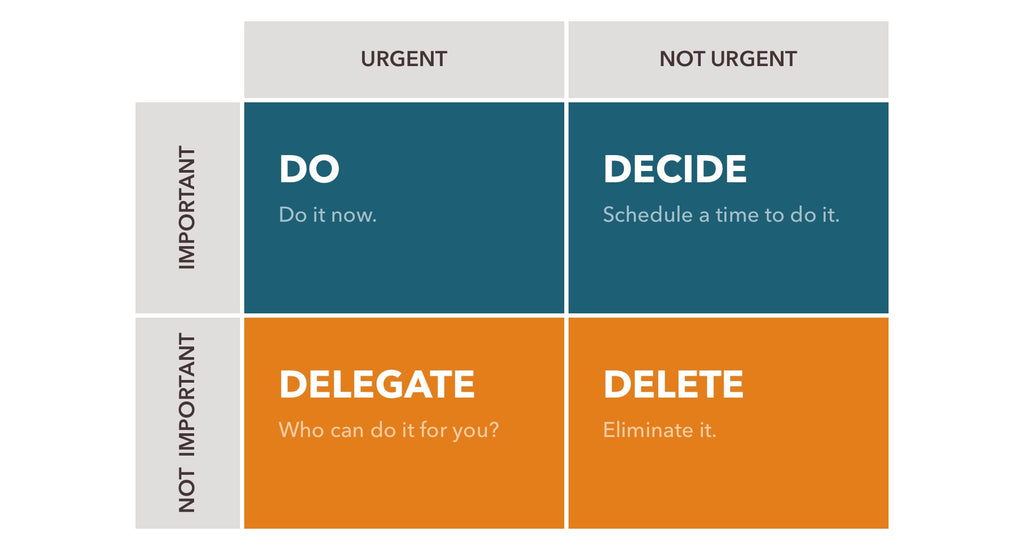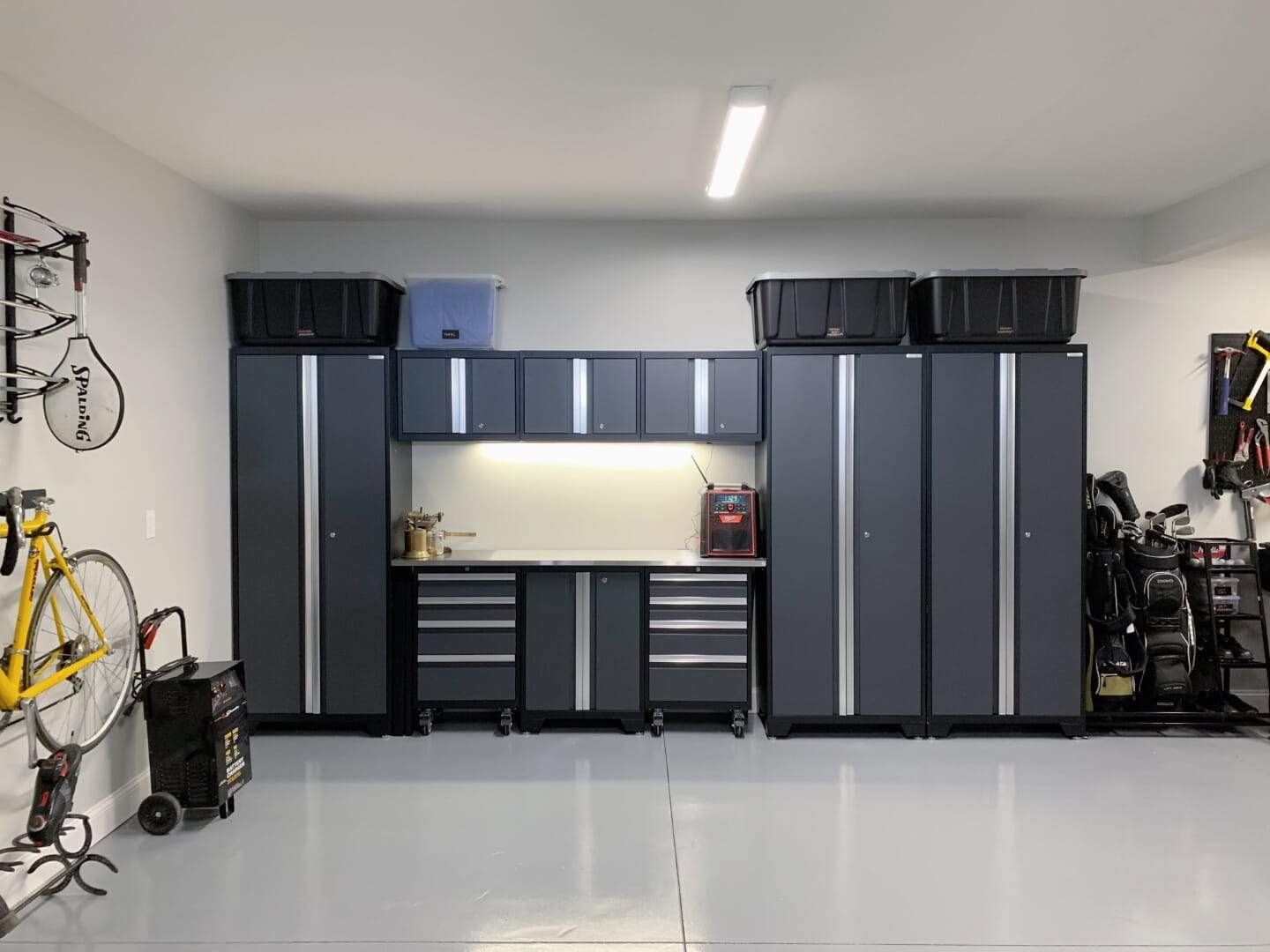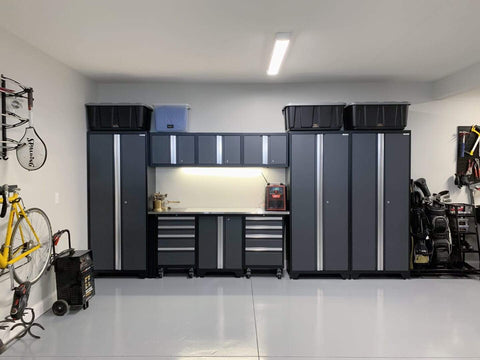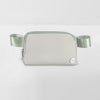How To Declutter Your Schedule From Rinse
As both a dry clean and laundry delivery company and a growing startup, the folks at Rinse live and breath efficiency and time-savings. Their mission is to make their customers’ lives easier and add time back into their week for the things that really matter (not laundry). That’s why we went to them to learn the best methods to declutter your schedule.

If you are reading this article, it’s because you understand how liberating and valuable it can be to declutter your life and feel organized. When we talk about “decluttering,” we often think about removing or organizing clothes or other physical items, but another very important thing to declutter is your schedule.
Why? Your time is your scarcest and most valuable resource. Given that, we wanted to share some thoughts we have on how you can declutter your schedule so you have time for the things that really matter to you.
VALUE YOUR TIME
Before you focus on optimizing your schedule and every minute you spend, you have to step back and actually recognize the value of your time. Naval Ravikant often advocates that individuals “set an aspirational hourly rate” to put the value of their time in perspective. For him, that was $5,000 per hour (he’s not joking about the aspirational part); for you it might be different. Once you have an aspirational value of your own time, though, it helps put things on your schedule into a bit more perspective. If you value your time at $5,000 per hour like Naval did, or even at $250 like many of us may, then it becomes very easy to justify paying a service $50 to save you a couple hours of time and help free up your schedule.
You don’t have to set an aspirational rate, necessarily, but until you recognize how valuable and precious your time is, you will struggle to declutter your schedule and remove the things that don’t bring you much value.

USE FRAMEWORKS TO HELP YOU PRIORITIZE YOUR TIME
Just as you’d use a framework of “1. Does it fit? 2. Have I worn it in the last year? 3. Is this an image I want to portray?” to help declutter clothes in your closet, you can use a simple framework to help simplify complexity in your busy life. With all the demands that come with work, family, and social obligations, there is nothing more complex than your day-to-day. So, it’s important that you have a solid framework that you can use and trust in busy times and less busy times.
There are two frameworks that we use at Rinse to make decisions, and they are just as applicable for an individual looking to declutter his/her schedule as they are for a company trying to maximize productivity:
The Eisenhower method
A great framework for prioritization is the “Eisenhower Method” (here is an excellent article on the topic), or looking at a 2x2 matrix of what is “Urgent” vs. “Important.” This is a very effective framework when prioritizing all of the “to do’s” on your list. Clearly, one should prioritize things that are important AND urgent before anything else. But it’s imperative not to let the urgent preempt the important. As Eisenhower once said, “What is important is seldom urgent and what is urgent is seldom important.”
Here’s a simplified example of the framework (slightly modified from the article linked above):

If you use a framework like this, and you have set a value for your time, it starts to become clear what items you should focus on (“Do”) vs. what you can let others do to help remove things from your schedule (“Delegate”). Rinse is a great example of a service you can use to delegate - we take dry cleaning and laundry off your plate and save our customers 3+ hours per week on average so they can “Do.” NEAT Method is another great service to you - you could spend several hours organizing a house yourself, or you could bring in a service that knows how to do this and can take it off your plate and free your time. Once you start valuing your time and prioritizing what’s important vs. not important, it becomes pretty clear that there are a lot of things you might be able to “Delegate” (e.g. grocery shopping; house cleaning; etc.). In addition, hopefully a framework like this empowers you to “Delete” things from your schedule or your calendar.

“Hell yes!” or “No”
Another framework we use that is incredibly empowering for removing things from your schedule is the “Hell yes!” framework. Popularized by Derek Sivers, this framework removes the concept of “Yes” from the equation. If there is something on your calendar, whether a “to do” or a social engagement, the key question to ask yourself is if it’s “hell yes!” We all know what a “hell yes” feels like - it’s those engagements, tasks, or projects that are truly exciting and that you would drop everything to do. If it’s not a “hell yes” then it’s a NO. Period. This framework prevents you from adding things to your schedule that don’t excite you and that you won’t look back on and be happy that you invested any of your precious time on it.
If you value your time appropriately and use frameworks like the above, it becomes very easy to declutter your schedule and remove tasks or events that are not a good use of time. Life is too short and we are all super busy, so if you’re going to spend your time on something, make it count!

RE-ENGINEERING YOUR CALENDAR
Now that you are appropriately valuing your time and you are ruthlessly triaging and prioritizing the demands on your time, it’s time to think about how to optimize your schedule so you get the most out of every day. We first learned about engineering your calendar from First Round Review and immediately started applying it. The concept is focused on mapping your schedule against the ebbs and flows of your own energy levels during the day. If you are most productive in the morning, then make sure the most important things you are doing that day are scheduled in the morning. If you are sluggish in the afternoon, then move things to that time slot that you might not need as much energy to perform well on. If you are thinking about this at the office, you might block off time to think and work on important projects in the morning, and you might try to push meetings or administrative work to the afternoon. This can apply to life as well, though - you may want to shift time at the gym, job interviews, or creative projects to your most productive windows, and save lower-energy tasks like paying bills, running errands, or planning your schedule for the rest of the week to times where you are a bit more sluggish.
Decluttering your schedule is a very liberating experience. Saying “no” to things is hard, but the end result is blissful and allows you to focus your limited time and energy on the things that matter most. We hope you can use some of the advice above to truly value your precious time, to ruthlessly prioritize your schedule, and to optimize your newly prioritized schedule to get the most out of every day!
Photo credits:
Photo of the planner (white pencil) - "Photo by STIL on Unsplash"; Photo of the people working - "Photo by Headway on Unsplash" ; Eisenhower method 2x2 by James Clear on jamesclear.com;
Photo of the planner (black pencil) - "Photo by Hope House Press - Leather Diary Studio on Unsplash"





















































